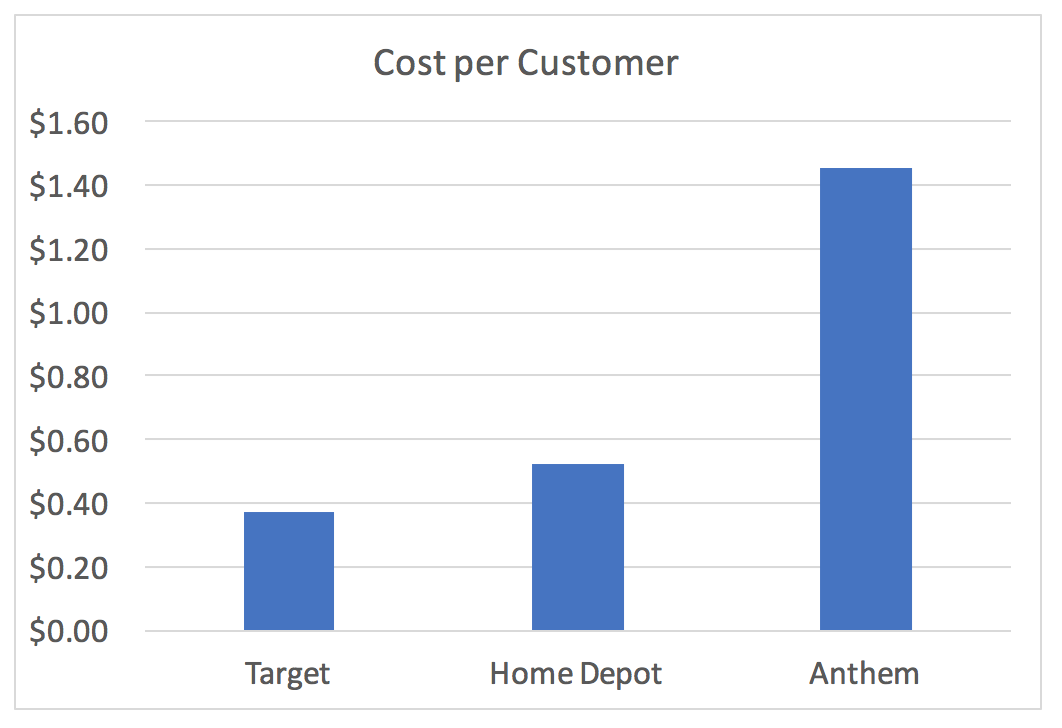Visibility of IT Assets for Your Cybersecurity Program
By Kes Jecius, RedSeal Senior Consulting Engineer
The Center for Internet Security’s (CIS) first control for implementing a cybersecurity program is to understand and manage the hardware assets that make up your IT infrastructure. These hardware assets consist of network devices, servers, workstations, and other computing platforms. This is a difficult goal to achieve, further complicated by the increasing use of virtualized assets, such as public and/or private cloud, Software as a Service (SaaS), and virtualized servers.
In the past, inventorying these assets was relatively simple. When it came in the door, the physical device was given an inventory tag and entered into an asset management system. The asset management system was controlled by the finance group, primarily so assets could be depreciated for accounting records. As the IT world matured, we saw the advent of virtualized systems where a single box could be partitioned into multiple systems or devices. Further evolution in IT technology brought us cloud-based technologies, where a company no longer has a physical box to inventory. Network services are configured and servers are created dynamically. Hence the daunting task of trying to create and manage the IT inventory of any company.
CIS recognizes this and recommends using both active and passive discovery tools to assist. Since no human can keep up with this inventory of physical and virtual devices, discovery tools can help present an accurate picture of IT assets.
Active discovery tools leverage network infrastructure to identify devices by some form of communication to the device. Network teams are generally opposed to these tools because they introduce extra network traffic. Tools that attempt to “ping” every possible IP address are not efficient. They are also identified as potential security risks, since this is the same behavior that hackers generally use. Newer discovery strategies have evolved that are significantly more network friendly yet do a good job identifying the devices in your IT infrastructure. These newer, active discovery strategies target specific network IP addresses to gather information about a single device. When the information is processed, it can reveal information about other devices in the network.
Passive discovery tools are placed on the network to listen and parse traffic to identify all devices. Passive discovery tools do not add significantly to network traffic, but they need to be placed correctly to capture data. Some computing devices may never be identified because they are infrequently used, or their traffic never passes by a passive discovery tool. Newer passive discovery tools can integrate information with active discovery tools.
Most organizations need a combination of discovery tools. Active discovery tools should minimize their impact to the network and the devices they communicate with. Passive discovery tools can discover unknown devices. IT groups can do a gap analysis between the two tools to assess what is under management and what isn’t (frequently referred to as Shadow IT). This combined approach will provide the best strategy for understanding and managing all assets that make up an IT infrastructure.
Without this first step, having visibility into what these IT assets are and how they are connected, the remaining CIS controls can only be partially effective in maturing your cybersecurity strategy.
Although no single product can be the solution for implementing and managing all CIS controls, look for products that provide value in more than one area and integrate with your other security solutions. RedSeal, for example, is a foundational solution that provides significant value for meeting the first control, while providing benefit to implementing many of the other controls that make up the CIS Control framework. Additionally, RedSeal provides pre-built integrations with many security products and easy integration with others via its REST API interface.
Download the RedSeal CIS Controls Solution Brief to find out more about how RedSeal can help you implement your program using the CIS Controls.


